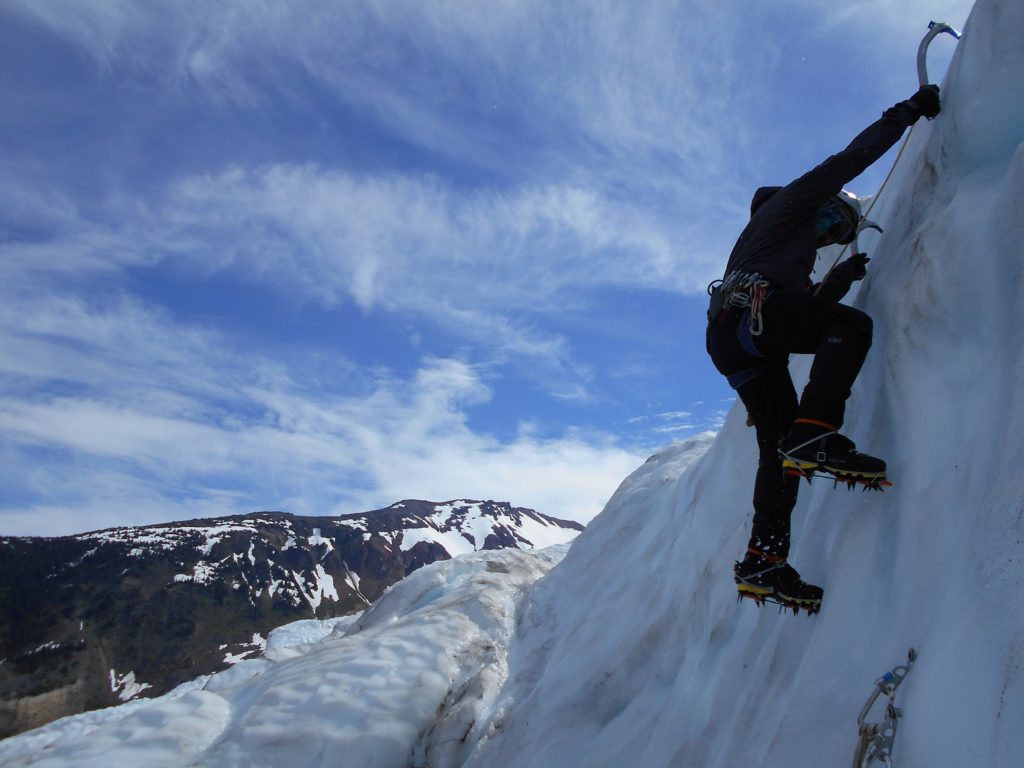
*******
Jan 18, 2023 Update:
I started my training using Uphill Athlete 24-Week Mountaineering Training Plan in 2020. There have been some changes at Uphill Athlete, which impact the content I have shared below, so I thought of giving a quick update.
Scott Johnston was the co-founder of Uphill Athlete. In Sep 2022, he left Uphill Athlete to start Evoke Endurance. 15 of the 17 coaches left with Scott to join him on this new journey. I provided community support (emails, forums, some backend) at Uphill Athlete, and I also joined Scott and his team.
Scott was the brains behind Uphill Athlete. He had developed most of the training plans, written most of the articles and replied to thousands of athlete questions on the forum and through email. Everything I know about training, I have learned from Scott. So, in the post below, I have updated all Training Plans, Phone Consultations and some other links from Uphill Athlete to Evoke Endurance. I feel it is the right thing to do.
Disclaimer: I work part-time for Evoke Endurance, but these are not affiliate links, and I do not make any money from promoting the training plan.
*******
In July 2014, I did a 6-day Alpine Ice Climbing course with the American Alpine Institute (AAI). Over the six days, the course covered several topics on ice climbing, crevasse rescue, route finding and other skills required for an alpine ice climb. The technical skills were relatively easy to grasp, but the long days on the mountain were hard for me. When I asked the guides for feedback, one of them recommended the recently released Uphill Athlete book “Training for the New Alpinism” to improve my fitness level.
Here are some pictures taken by our group during the Alpine Ice Climbing course –



Training for the New Alpinism (TfNA)
Once I got back home (then it was Columbus, Indiana), I ordered the TfNA book. In their book, Steve House and Scott Johnston dive into endurance and strength training basics, and provide a step by step guide for putting together your own training plan. There are many more topics covered in the book, and this article on the Uphill Athlete website does an excellent job of summarizing the training approach. For someone like me, who is new to training the key takeaways were –
- Low-intensity (Zone 1/2) is critical to developing aerobic capacity
- Continuity, gradualness, and modulation – is key to any successful training plan
If I had just executed on the above two items, I would be golden, but that’s not what happened.
Incorrect Heart Rate Zones
I had never followed a structured training plan, so I was pretty excited to start my training as per TfNA. By early August in 2014, I had a detailed spreadsheet with a training log and tabs for each phase of training, heart rate zones, nutrition, etc. These tabs included my notes from TfNA that I can refer to while planning my individual workout.
The intensity of the aerobic workouts was based on heart rate zones. So I did the max test given in the book to determine my Max HR. Based on the test, I estimated my Max HR to be 200. Here is what I set my heart rate zones for training –

Based on what I know now, these numbers don’t make sense for someone like me with an average fitness level. But back in 2014, I didn’t question them. As a result, I trained at a much higher intensity than recommended, which didn’t help improve my aerobic capacity.
Note: Uphill Athlete’s approach to defining heart rate zones has changed over the years, and you can read about the recommended practice here. Scott Johnston also has a detailed forum post explaining these changes.
Training vs. Exercise
As I mentioned earlier, TfNA highlights the guiding principles of a training program – continuity, gradualness and modulation. Without these principles, training is just a series of exercises.
I had planned my training based on the guidelines in the book and would start with a relatively low volume of 2.5 hours/week starting August 2014. The goal was to get to about 6 hours/week by the end of June 2015, when I planned to do a guided climb in the North Cascades.

I started out ambitious and logged more hours than planned in the first few weeks, but ended up doing much less than planned in the following weeks. Towards the end of the year, travel and sickness derailed the plan. I tried to get back on track, but the training was again interrupted by an injury in April 2015.
Highlight of my training – doing 50 laps in my office parking lot with four floors. With a loaded backpack and boots, I would hike up and take the elevator down. After these workouts, I would be pumped and felt I was ready for North Cascades, or so I thought. By the time I left for my trip on July 2, I had done less than 135 hours of training exercise.
Note: Planned Hours you see in the chart above do not align with the recommendations in the book. I changed Planned Hours when I was travelling, sick or injured and also when I was trying to get back on track after a training gap.
Mount Buckner – North Face
I had booked a guided trip with American Alpine Institute (AAI), and the plan was to climb the North Face of Mount Buckner. Quino (AAI guide) picked me up from the hotel in Bellingham on July 3 and we drove to the trailhead of Boston Basil trail. Within the first hour of the hike, I had gained more elevation than the maximum elevation gain on my hikes in Indiana.
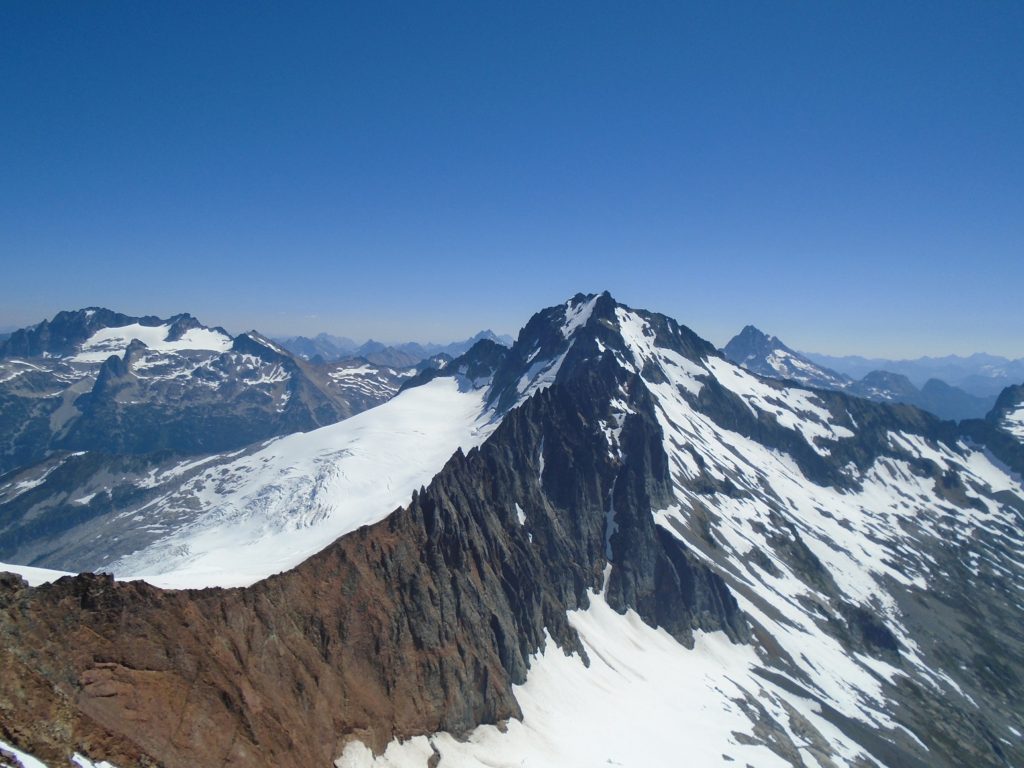
After a strenuous hike to the Boston Basin, it took some time to find a route up to the Quien-Sabe glacier. Around 4 pm, we were on the glacier at an altitude of around 2150 m. By now, I was tired, and my calf muscles were hurting.
The plan was to camp on Boston Glacier, the next day climb up the North Face with our backpacks (about 35 lb) and rap down the other side. Given my condition and fitness level, I realized it was a very ambitious plan. We changed our plan to climb Sahale Peak.
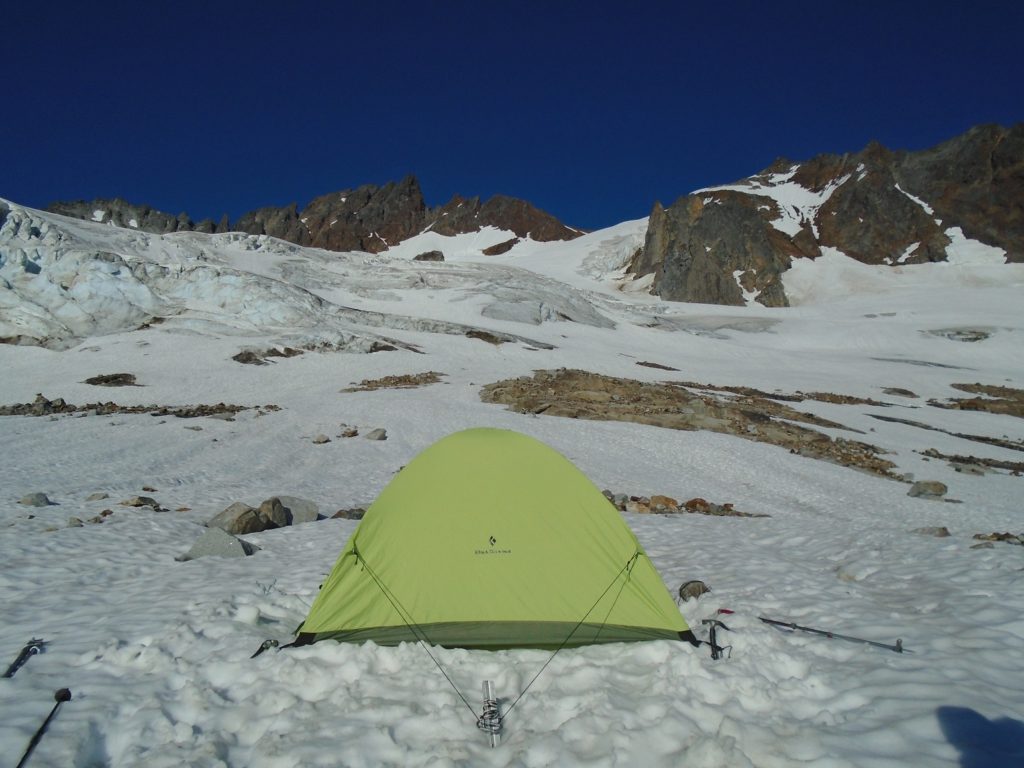
Sahale Peak
The next day, we took the shorter and direct route up the Quien-Sabe glacier to reach Boston-Sahale Col. It was a 40-45 degree snow climb, but Quino set a good pace, and I was doing well.
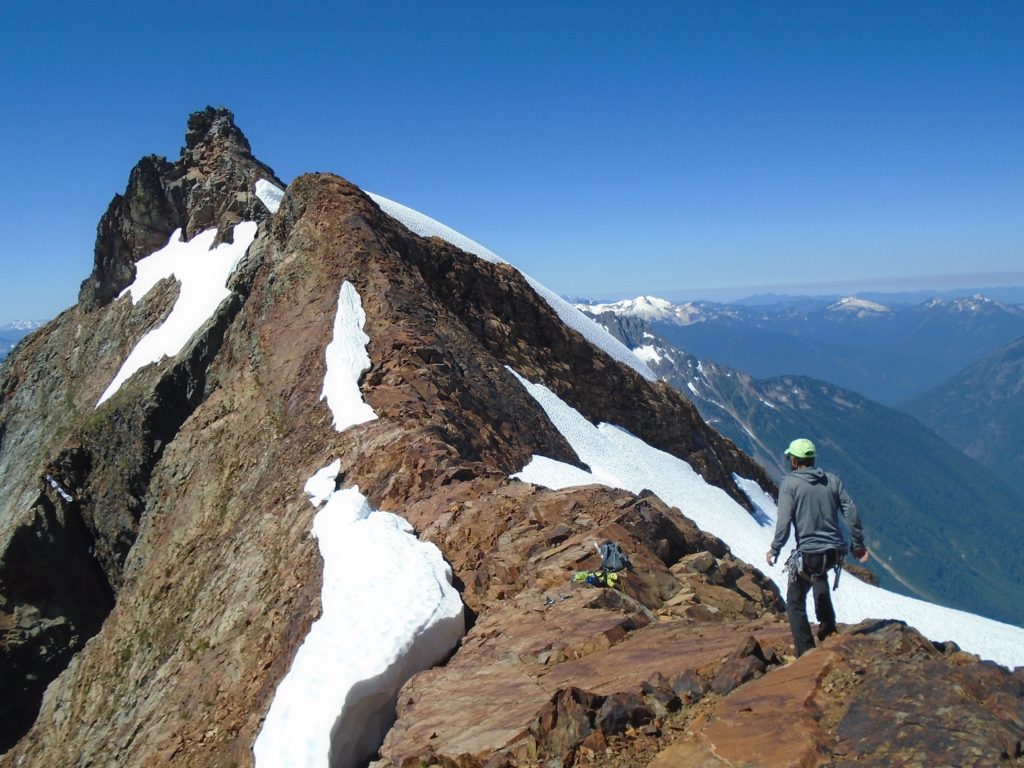
From the col, it is a relatively easy scramble to Sahale Peak.
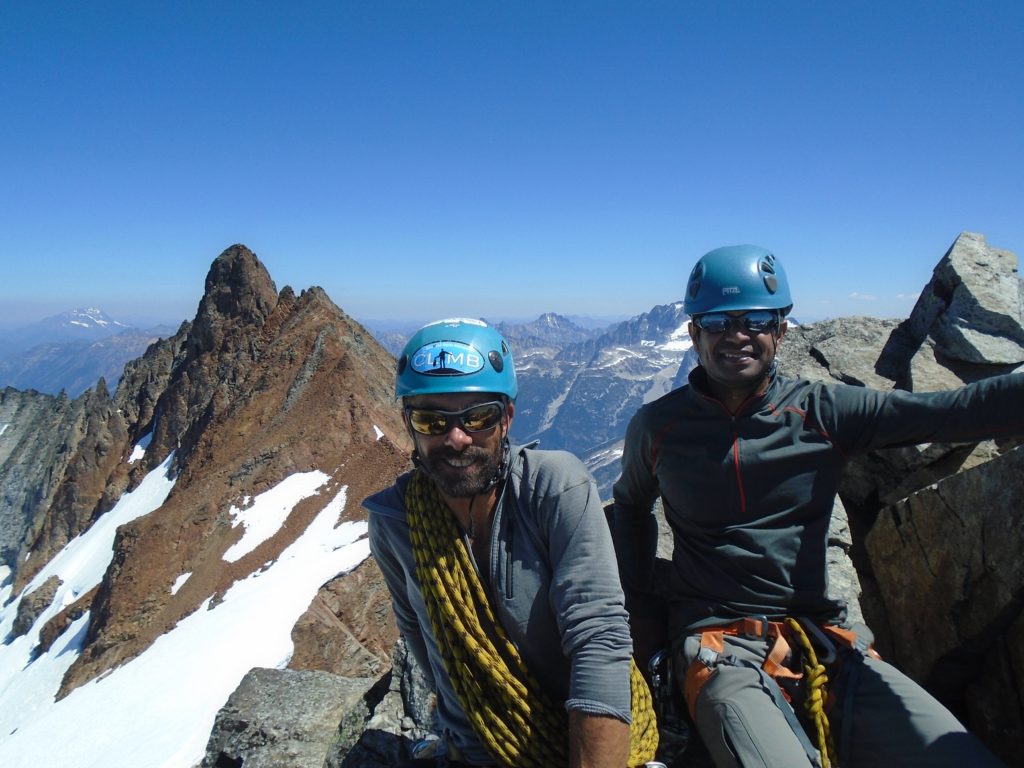
Later in the afternoon, we did some ice climbing on seracs. Living in Indiana, I had not climbed ice since my Alpine Ice Climbing course in 2014, and it showed.



We ended up doing two 30+ m climbs. It was tiring, but I had fun climbing the seracs. Late in the evening, we got off the glacier and hiked down and set up camp close to a creek. We hiked out the next day.
Lessons Learned
I had a good time on the trip, but obviously, things didn’t go as per the plan. I had a good goal but my training was not adequate. Here is what I would do differently –
a. Ask for help: With no prior experience, I should have talked to people who have done this kind of training. I could have avoided the mistakes with my heart rate zones and done a better job at structuring my training based on my goal.
These days you can get help on the Evoke Endurance forum or even better, schedule a phone consultation with a coach.
b. Make training a priority: I tried to fit in training around a young family and a full-time job that required travel, but it didn’t work well. If I had made training a priority, I would have been more disciplined with my training and found a better way to schedule the workouts.
If I had done these two things, my fitness level would have been much better, and I could have improved my chances of climbing the North Face of Mount Buckner.
2016-2019
In 2016, I did one more thing that would have a significant impact on my climbing. I moved to Vancouver, Canada.
I joined BC Mountaineering Club and made several trips with the club. Trips, which while living in the US Midwest were doable once a year, now I could do them over a weekend. The best part, I got my daughter into climbing and as a family, we are doing more outdoor activities.







My fitness and climbing skills have improved over the last few years, but I still have a long way to go. In 2020, I bought the Uphill Athlete 24-Week Mountaineering training plan, and this time, I was committed to doing it right. I will share about my 2020 Uphill Athlete training in my next post.
Resources
Evoke Endurance: Training Plans | Forum
If you are in Lower Mainland, check out British Columbia Mountaineering Club for trips and courses.
Disclosure: I am a member of BCMC. I am not affiliated with any of the other individuals or organizations.
Did you enjoy reading this post? Please subscribe to get weekly updates. Please share your feedback in the comments section below. Thank you!


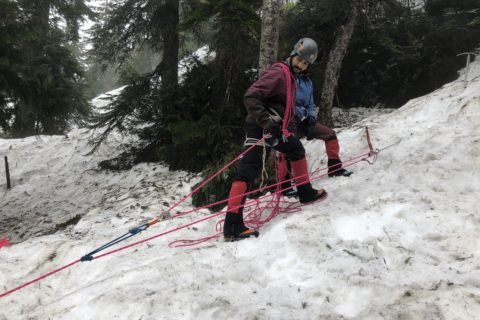
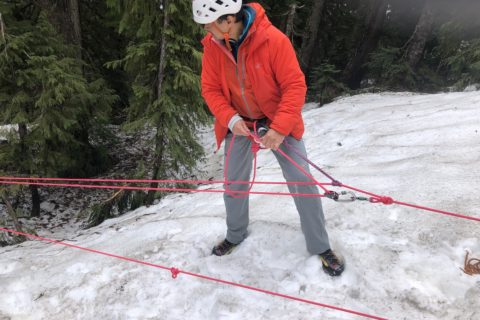
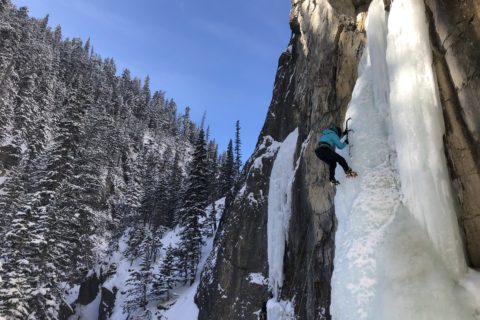
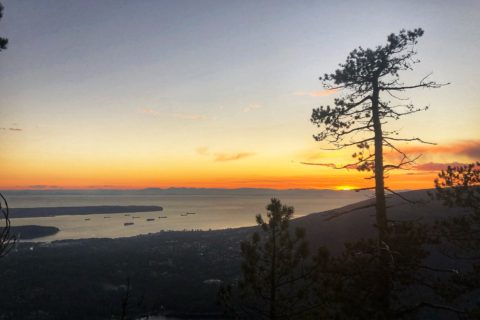
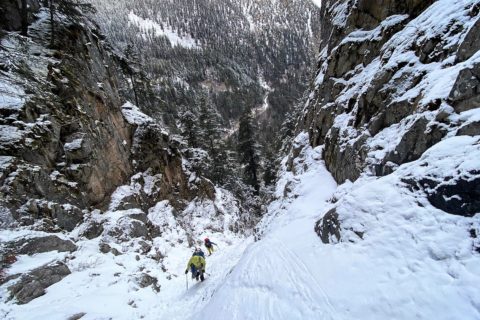
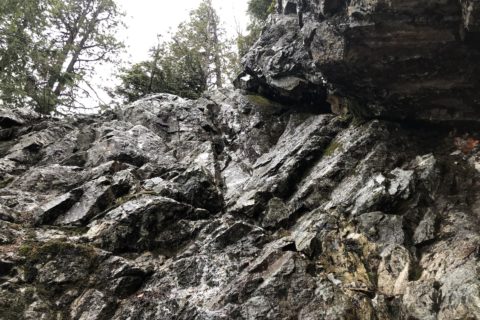
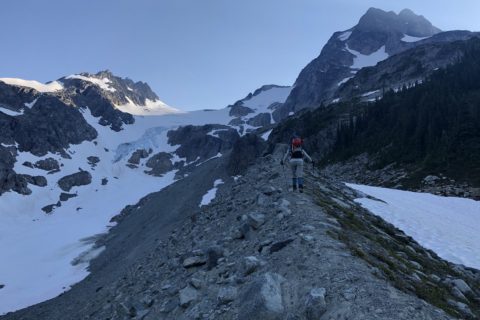
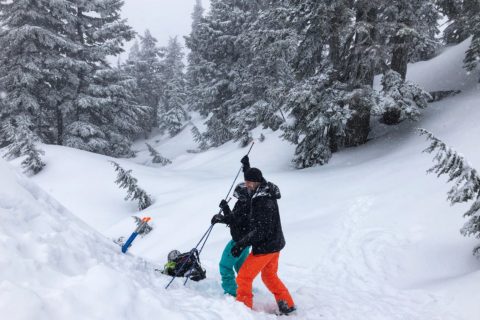
Wonderful Shashi ! Nice and detailed information!
Atul – thank you for your feedback.